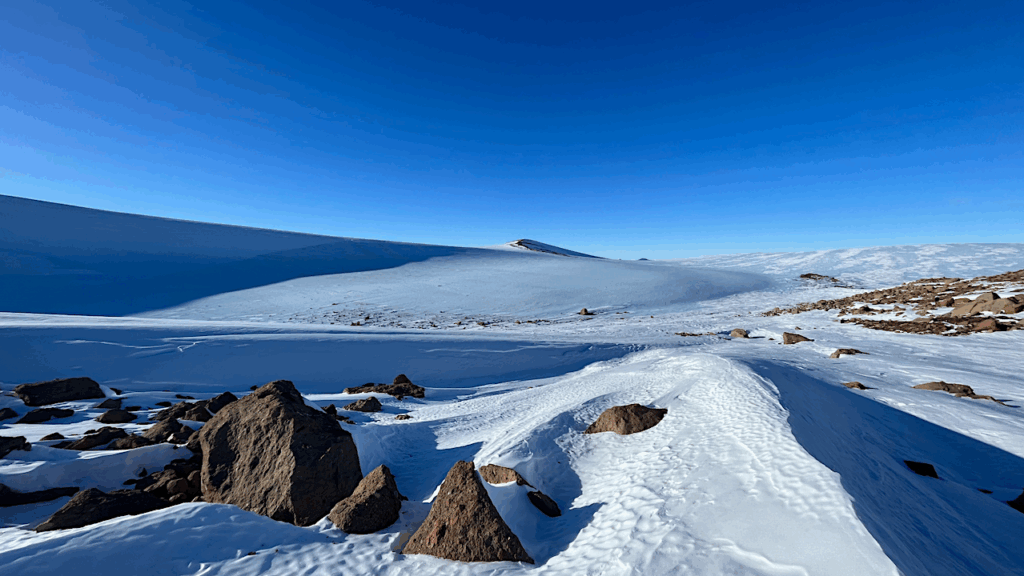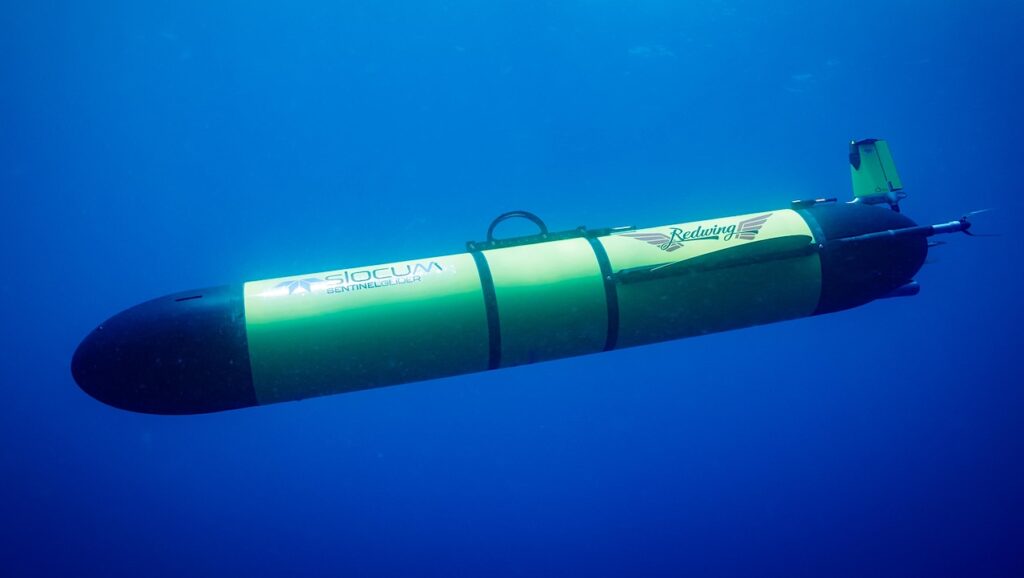Lakes Isolated Beneath Antarctic Ice Could Be More Amenable To life Than Thought

Lakes underneath the Antarctic ice sheet could be more hospitable than previously thought, allowing them to host more microbial life.
This is the finding of a new study that could help researchers determine the best spots to search for microbes that could be unique to the region, having been isolated and evolving alone for millions of years. The work could even provide insights into similar lakes beneath the surfaces of icy moons orbiting Jupiter and Saturn, and the southern ice cap on Mars.
Lakes can form beneath the thick ice sheet of Antarctica where the weight of ice causes immense pressure at the base, lowering the melting point of ice. This, coupled with gentle heating from rocks below and the insulation provided by the ice from the cold air above, allows pools of liquid water to accumulate.
More than 400 of these ‘subglacial’ lakes have been discovered beneath the Antarctic ice sheet, many of which have been isolated from each other and the atmosphere for millions of years.
This means that any life in these lakes could be just as ancient, providing insights into how life might adapt and evolve under persistent extreme cold conditions, which have occurred previously in Earth’s history.
Expeditions have successfully drilled into two small subglacial lakes at the edge of the ice sheet, where water can rapidly flow in or out. These investigations revealed microbial life beneath the ice, but whether larger lakes isolated beneath the central ice sheet contain and sustain life remains an open question.
Now, in a study published today in Science Advances, researchers from Imperial College London, the University of Lyon and the British Antarctic Survey have shown subglacial lakes may be more hospitable than they first appear.
As they have no access to sunlight, microbes in these environments do not gain energy through photosynthesis, but by processing chemicals. These are concentrated in sediments on the lake beds, where life is thought to be most likely.
However, for life to be more widespread, and therefore easier to sample and detect, the water in the lake must be mixed – must move around – so that sediments, nutrients and oxygen can be more evenly distributed.
In lakes on the surface of the Earth, this mixing is caused by the wind and by heating from the sun, causing convection currents. As neither of these can act on subglacial lakes, it could be assumed there is no mixing.
However, the team behind the new study found that another source of heat is sufficient to cause convection currents in most subglacial lakes. The heat is geothermal: rising from the interior of the Earth and generated by the combination of heat left over from the formation of the planet and the decay of radioactive elements.
The researchers calculated that this heat can stimulate convection currents in subglacial lakes that suspend small particles of sediment and move oxygen around, allowing more of the water body to be hospitable to life.
Lead researcher Dr Louis Couston, from the University of Lyon and the British Antarctic Survey said: “The water in lakes isolated under the Antarctic ice sheet for millions of years is not still and motionless; the flow of water is actually quite dynamic, enough to cause fine sediment to be suspended in the water. With dynamic flow of water, the entire body of water may be habitable, even if more life remains focused on the floors. “This changes our appreciation of how these habitats work, and how in future we might plan to sample them when their exploration takes place.”
The researchers’ predictions may soon be tested, as a team from the UK and Chile plan to sample a lake called Lake CECs in the next few years. Samples taken throughout the depth of the lake water will show just where microbial life is found.
The predictions could also be used to generate theories about life elsewhere in the Solar System, as co-author Professor Martin Siegert, Co-Director of the Grantham Institute – Climate Change and Environment at Imperial, explains: “Our eyes now turn to predicting the physical conditions in liquid water reservoirs on icy moons and planets. The physics of subglacial water pockets is similar on Earth and icy moons, but the geophysical setting is quite different, which means that we’re working on new models and theories.
“With new missions targeting icy moons and increasing computing capabilities, it’s a great time for astrobiology and the search for life beyond the Earth.”








